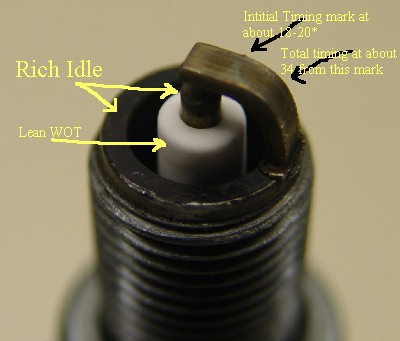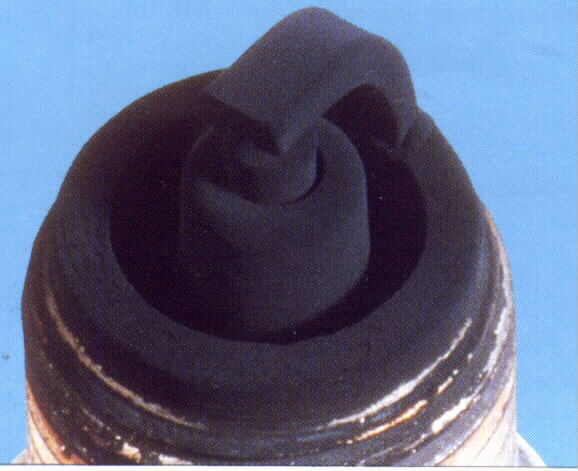cosworth said:
Ok maybe something is being lost in translation but that is exactly what I typed. The bike has no go on the highway. The smaller jet, by a factor of 5 (120,125,130) , is making gains on this problem. The bottom end seems ok but wot and an speed past 80kph is non existent. Not sure how that is contradictory.
Smaller jets, more speed. More speed is what I want to solve since lower torque curve is not bothering me. My plan with this cam was to have better performance on the highway and climbing. Not bottom end.
What am I not being clear about?
I suggest you read my post again.
Also, the term "better performance" means nothing without specific detail as to exactly what type of "better performance" you wanted.
In general, if you leave the gears the same but increase the cam size, it will accelerate SLOWER, not faster . . Yup, that's right.
If you wanted more power with the same gear ratio, you should have put a big bore kit on it.
I suggest you take a compression test.
FYI - I have not only jetted well over 500 vehicles, I also ran the R and D department for Kawasaki Motors and I was solely responsible for testing and determining the exact jetting spec for many vehicles.
I was also one of the top racers in the country and built my own bikes, so it would seem that I might just know exactly I'm talking about.
cosworth said:
A 112.5 is 3 steps (2.5 increments) from stock and I have been playing with a range of 8 steps with little change except once I went leaner it didn't studder at 70-80kph, it did it at 85/90. If I have a decent power curve and non lethal cylinder head temps with a 112.5 then I can baseline at 115 or 117.5 next. I've had it up to 140kph before so I'm not tuning to hit 110kph. Going from a 155 to a 130 made zero difference. But a small, very small gain was made going from 135 to 125.
I'm thinking about a drastic jump in the main jet but compensating for the bottom end with a needle shift. The small steps I'm taking are not netting me much for 20 minutes of messing about...
I would say that an increase of 20 kph before the problem occurs is a noticeable increase and noticeable improvement, but since you are complaining that the results are too small for the effort involved, I suggest you sell the bike and buy a new one that won't trouble you with these types of problems, especially since it clearly sounds like you don't enjoy working on it.
the 112.5 may certainly work, and a 110 might even be better, but its easy to go to far, and since you were gaining 10 kph per every reduction of 5 on the jet size, it is logical to continue along that same path.
cosworth said:
Now in the time I have taken to type this I've run out of time for a few days to try it.
This is an odd thing to say, because unless you have no fingers and had to type this on your cell phone with your nose, it couldn't have possibly have taken you as long as it would to change a jet and test your bike.
Also, implying that it is my fault that you allegedly ran out of time to work on your bike because YOU made the decision to reply to my post instead of working on your bike is simply ludicrous . . I did not ask, or force you, to reply to my post . . You made that decision all on your own.
.







